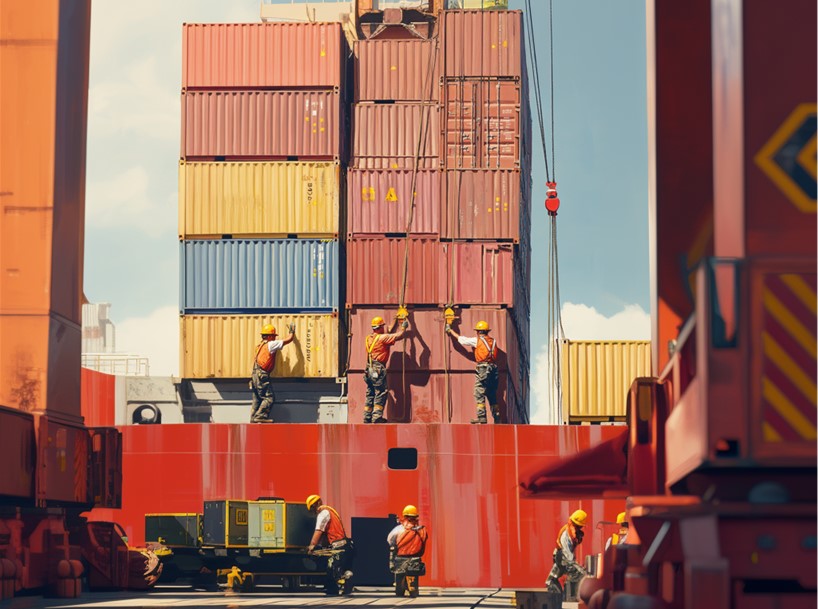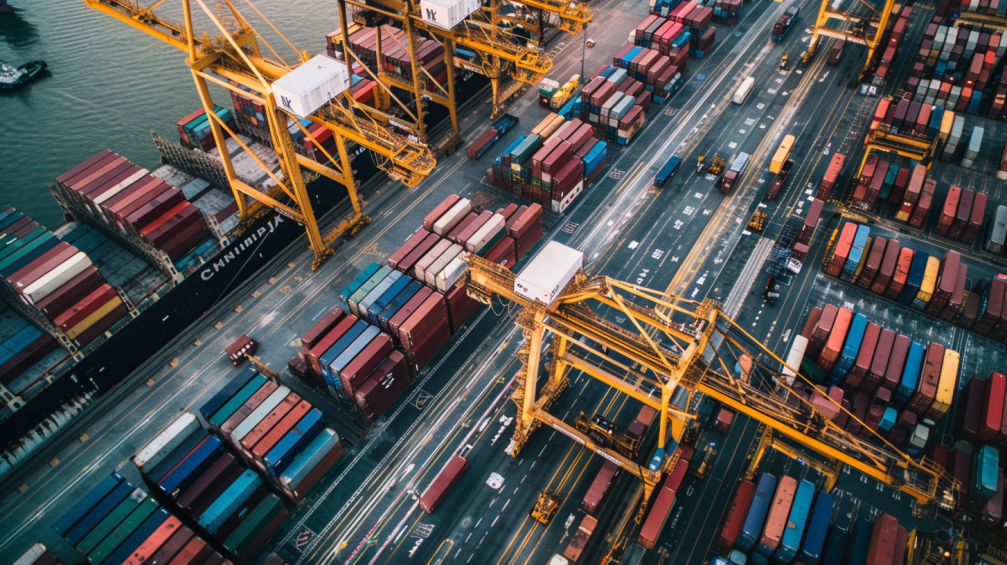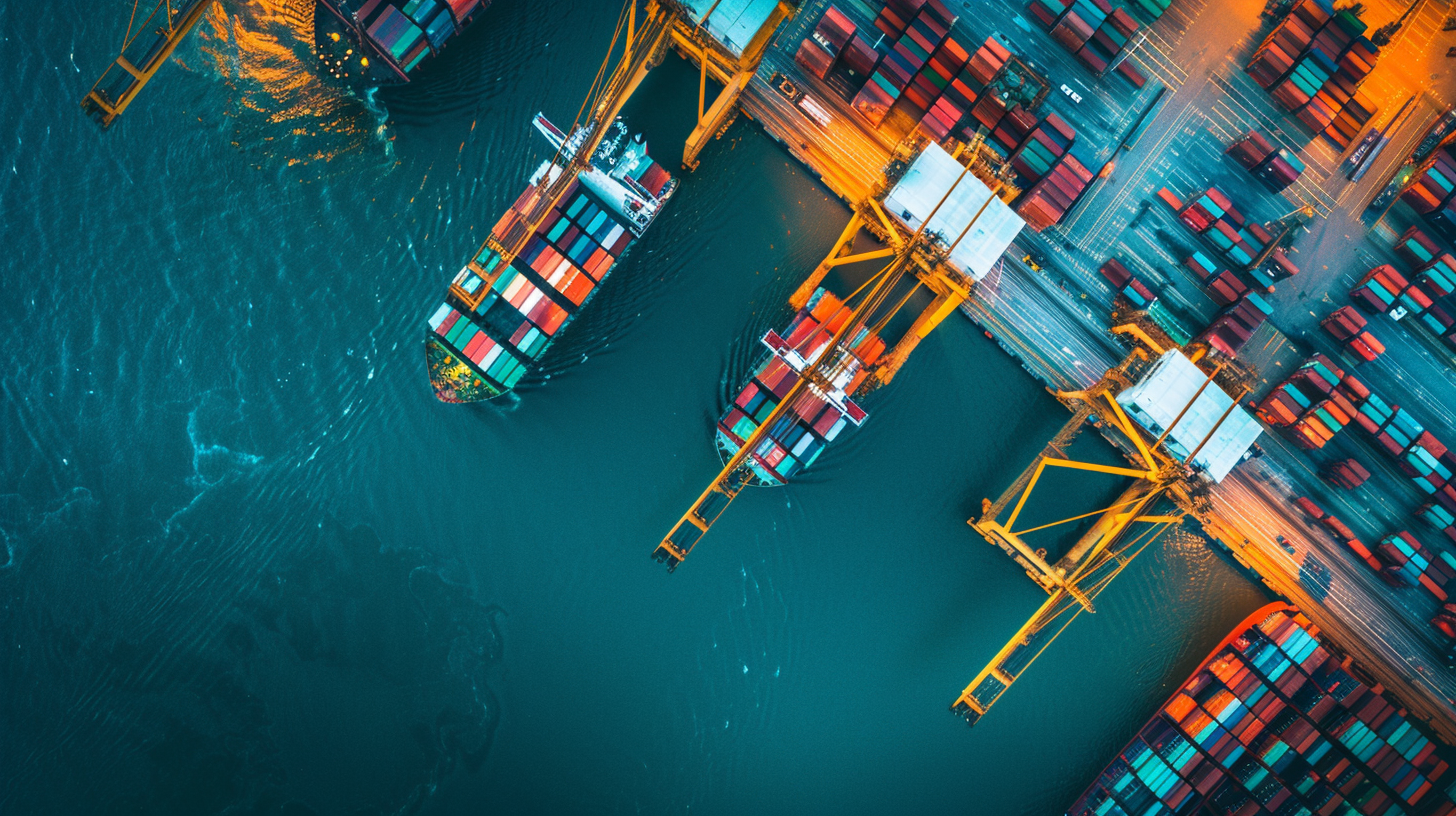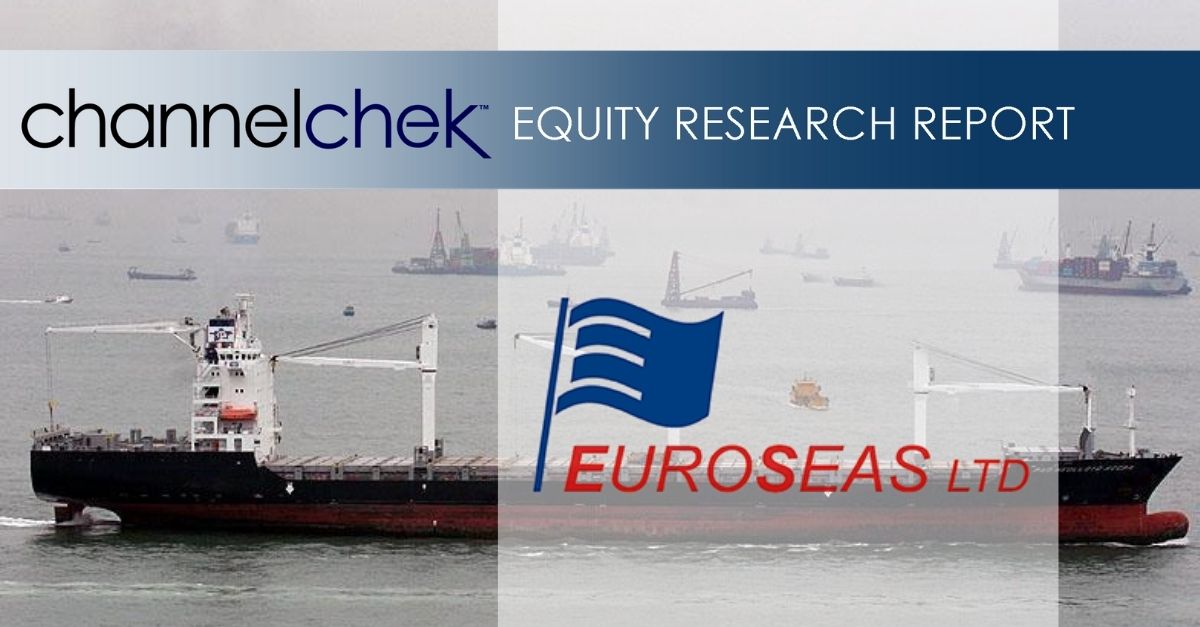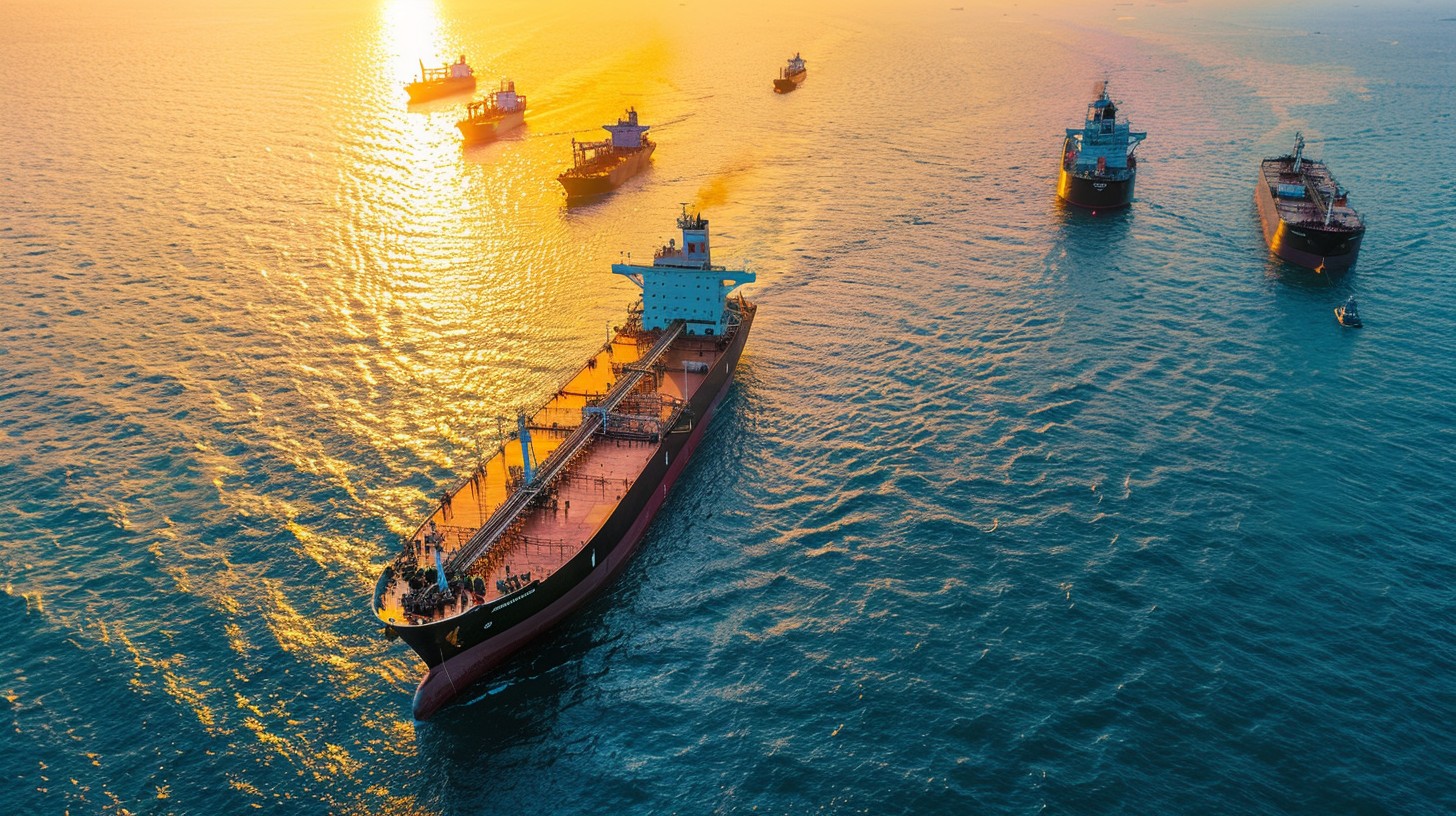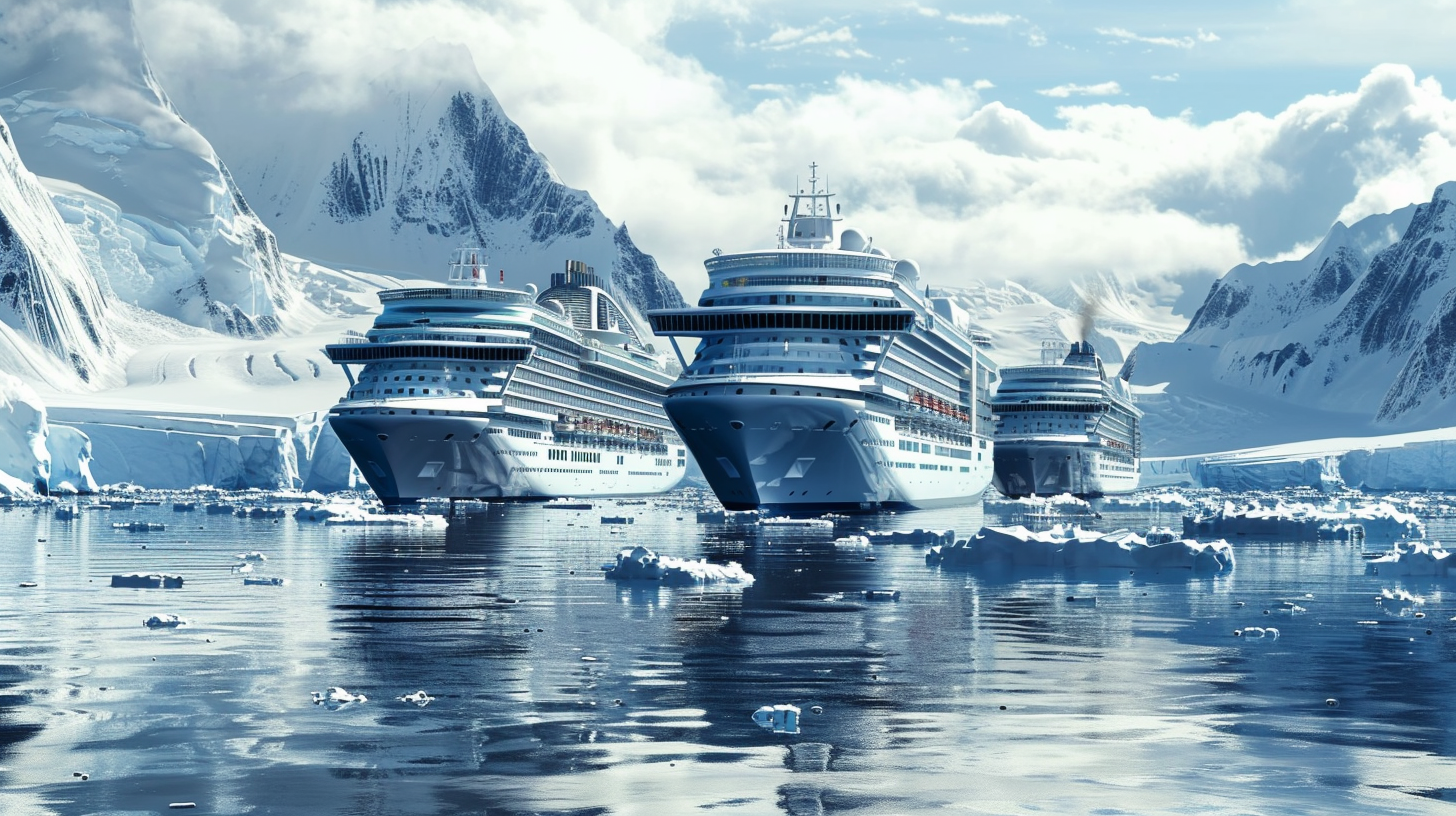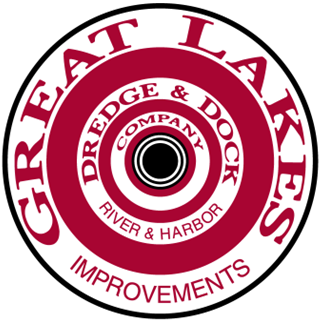| Key Points: – Boeing reported a $6.17 billion net loss for Q3, with total losses in 2024 nearing $8 billion. – The company secured $10 billion in supplemental credit and filed for up to $25 billion in new debt and stock offerings. – A critical labor vote by Boeing’s largest union is expected, which may end the ongoing strike |
Boeing reported a significant financial loss for the third quarter of 2024, revealing the challenges the company continues to face as it navigates through production delays, labor unrest, and rising operational costs. The aerospace giant announced a net loss of $6.17 billion, bringing its total losses for the year so far to nearly $8 billion. This quarterly performance is particularly concerning, as it follows multiple setbacks in both its commercial and defense divisions. The company’s revenue for the quarter was $17.8 billion, a slight decrease of about 1% compared to the same period in 2023.
One of the critical factors contributing to Boeing’s disappointing performance is the slowdown in deliveries, especially for its widebody jets. Delays in the production and delivery of the 737 Max and 777X jets have compounded the company’s struggles, affecting both cash flow and revenue. In the third quarter, Boeing’s operating cash flow was at a negative $1.34 billion, a stark contrast to the positive $22 million reported in the same period last year.
The company anticipates further cash flow challenges in the fourth quarter, warning that it expects to burn more cash and face negative free cash flow for the full year of 2025. These projections have spooked investors, as Boeing had initially set more optimistic targets for its production and financial recovery. The company also disclosed that its previous delivery target for the 737 Max will likely be delayed, contributing to the financial strain.
In an effort to address its financial difficulties, Boeing has taken several measures, including securing $10 billion in supplemental credit from a consortium of banks. The company also filed a mixed shelf registration with the Securities and Exchange Commission (SEC) to offer up to $25 billion in debt and stock offerings. This includes potential new debt securities, common stock, preferred stock, and other share options as Boeing seeks to shore up its liquidity.
Despite the grim financials, Boeing still boasts a significant backlog of $511 billion, which includes over 5,400 commercial airplanes. While this backlog represents future potential revenue, it is not enough to offset the immediate financial challenges the company faces. The delays in production, coupled with the ongoing labor dispute, have further strained Boeing’s ability to capitalize on its order book.
The company’s troubles extend beyond its financial performance. Boeing is currently engaged in a labor dispute with the International Association of Machinists (IAM), its largest labor union, which represents 30,000 workers. The union went on strike in September, demanding better terms in a new contract proposal. The ongoing strike has been costly for both Boeing and its workforce, with one estimate suggesting the total financial impact has reached nearly $5 billion.
Boeing’s leadership is working to resolve the strike, as the company faces significant pressure to cut costs and streamline operations. In addition to the strike, Boeing plans to lay off 10% of its workforce, totaling around 17,000 employees, in an effort to reduce expenses. The layoffs, expected to occur in the coming months, will affect multiple divisions within the company as it aims to create a leaner, more focused organization.
As Boeing navigates these turbulent times, the company’s future hinges on its ability to resolve its labor issues, deliver on production targets, and regain investor confidence.


